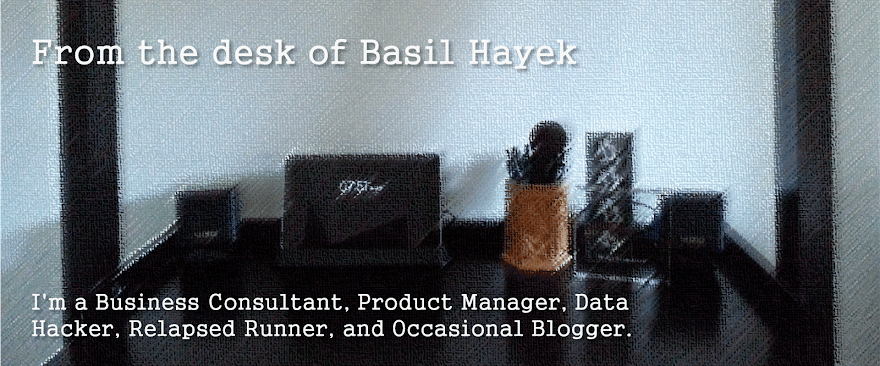I finally got my invite.
Here's an account of my experience getting up and running on IBM's new platform.
6:02 PM - IBM sends me an email inviting me to create my account. Yes! Let's take a look at this nirvana of email.
 |
| "Delightful". That word... I do not think it means what you think it means. |
6:26 PM - IBM sends me another email. My account is almost ready! Nice! In only ten minutes, after setting my expectation for 24 hours. I just need to set a password. Which I probably could have done in the first step. But let's set that password!
7:36 PM - I click the link to set my password. Success! Sort of. They are in the process of setting my password. Not sure why it's not instant. Perhaps it's going on the block chain? Although I really hope not, it's one of my "good" passwords and we don't need to make a permanent record of that.
7:42 PM - Another email... my account is ready! Really ready this time. "Get ready for mail that understands you, for less clutter and more clarity, for connecting you to the people who matter most." Yes! I am ready!
7:59 PM - I sign in! And wait while the app loads... there are FOUR different loading interstitials, done in what I would call an "early Netscape-era motif":
- Please wait...
- Please wait, signing on...
- Loading...
- Loading IBM Verse...
 |
| "Happiness is an empty inbox." Indeed. |
8:40 PM - After distracting myself with Coursera for a while, I head to the IBM Verse forums to confirm that there really is no way to link other email accounts. And there is no way. Unless I'm on a paid version of Verse.
As other people have said:
- Agreed ... and confused: "Possibly I mistakenly thought VERSE was all about email consolidation."
- Worst marketing strategy: "This is the worst marketing strategy ever. You tease us with a product that you claim is going to change the way email is used and then we cannot evaluate it fully unless we buy the full version. IBM, you have lost a potential customer. I will not even attempt to get my organization to consider verse."

